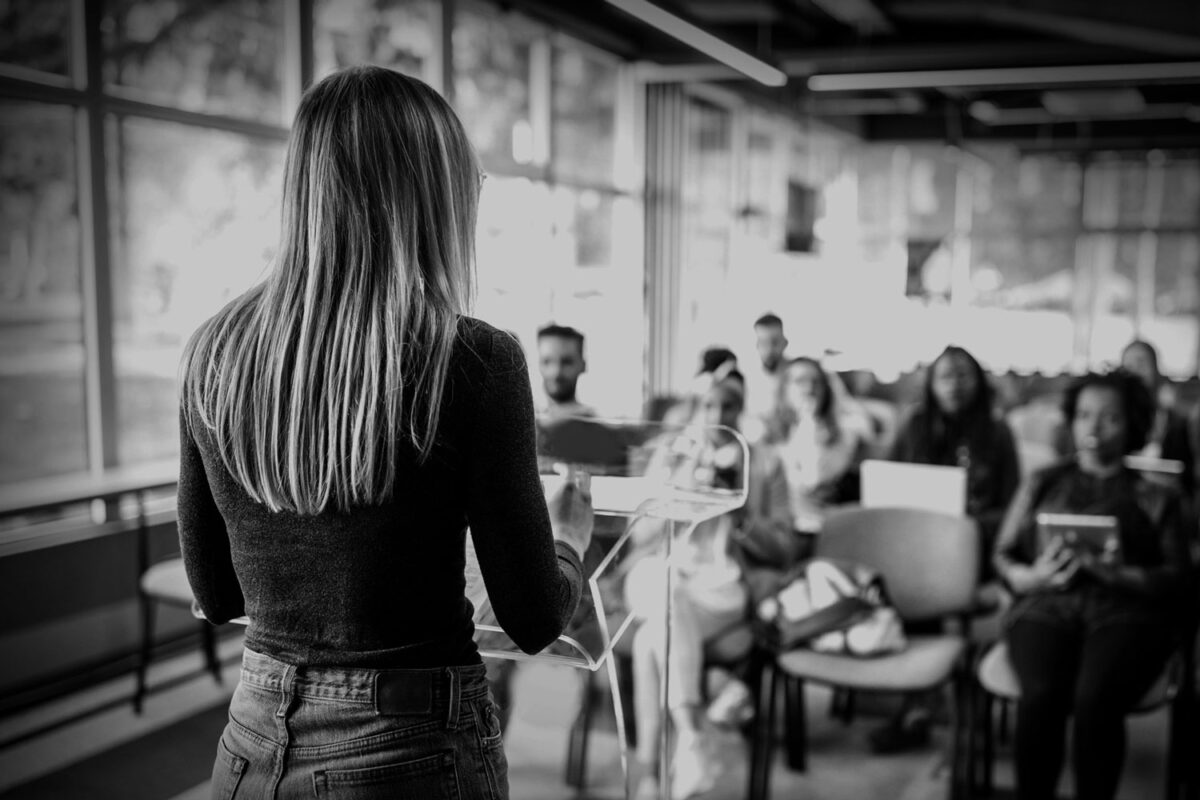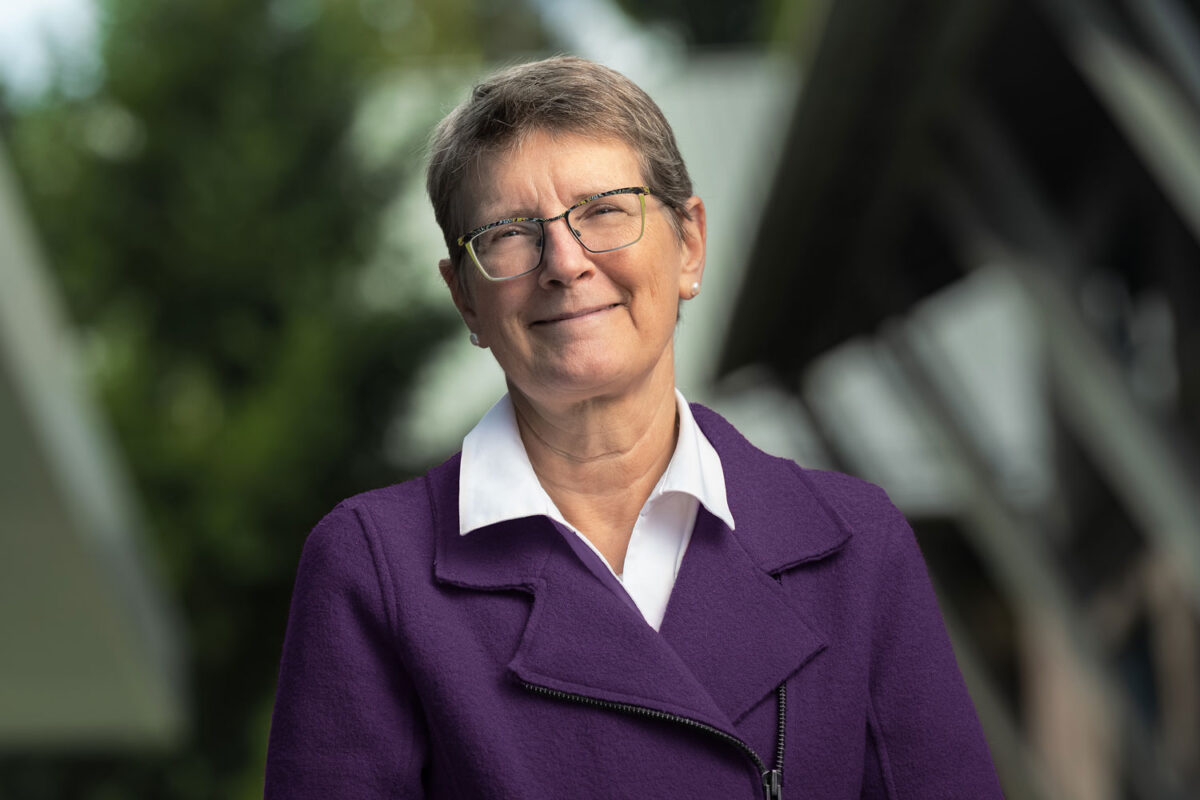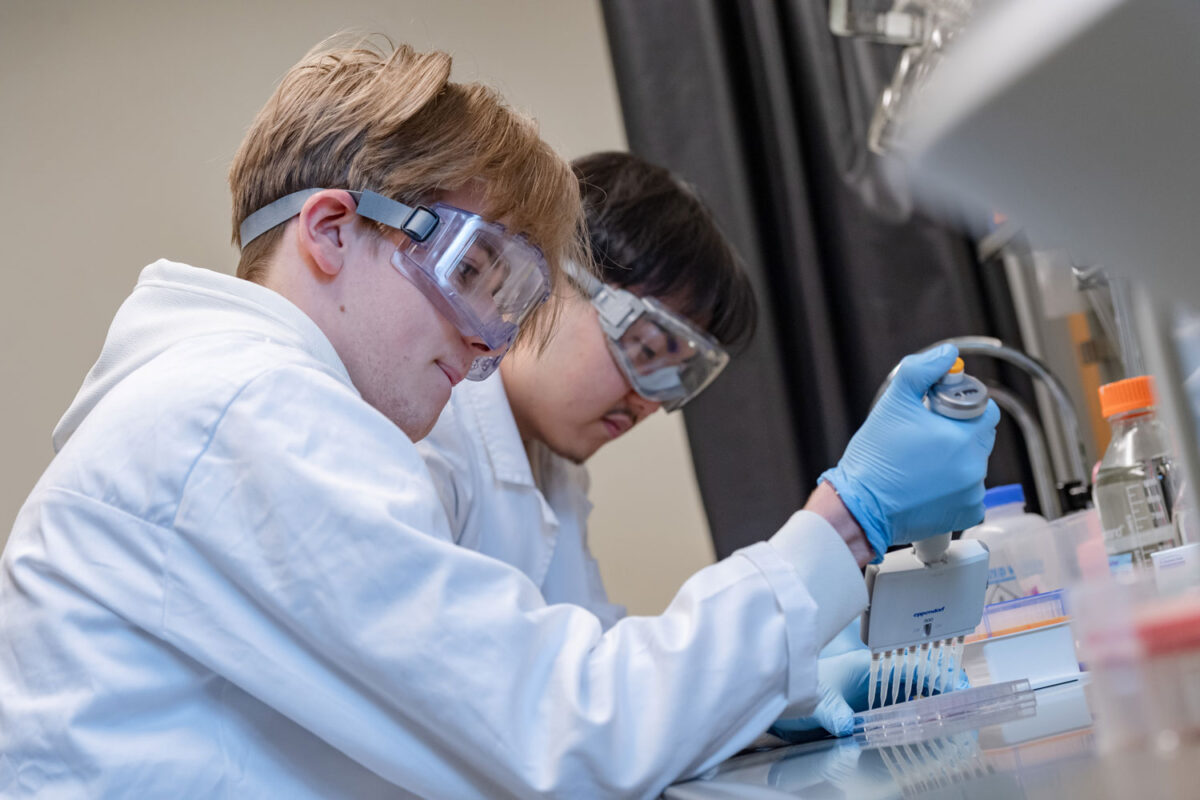By Douglas Esser
Three University of Washington Bothell students are in the national finals for the Imagine Cup, the prestigious Microsoft software contest. They’re competing with 1l other teams from schools that include Stanford, University of California-Berkeley, MIT and Princeton.

Computing software systems seniors Darong Leng, Miyu Kimura and Shen Li (left to right) are team Convergent. It’s creating an “ultra-reality space” that puts people from different locations into the same space using multiple devices.
“It’s great. They are very, very excited,” said their adviser, Professor Kelvin Sung.
Their program is designed to use various augmented reality (AR) and virtual reality (VR) devices such as the Microsoft HoloLens, the Vive virtual reality headset and the Xbox Kinect motion sensing equipment. The team also uses the Microsoft Azure cloud to store data, compute and synchronize user interactions. (Image, right, is screen shot of trophy in ultra-reality.)
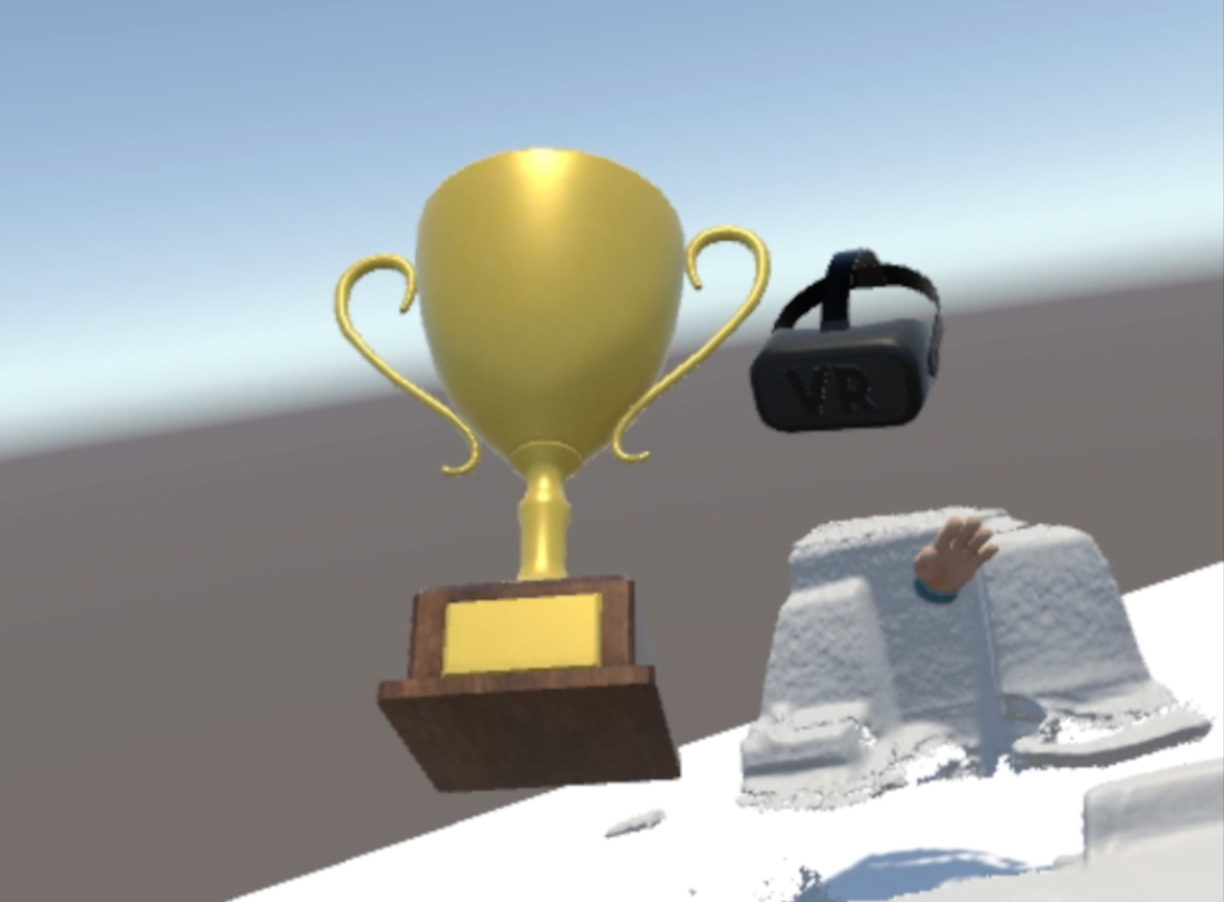
Convergent refers to the intersection of AR and VR. “Ultra-reality is this thing in the middle,” said Li.
Nearly 3,000 students signed up for the national competition this year. There are 34 students in the 12 remaining teams. The competition will be held April 19-20 in Seattle. Team presentations will be judged on technology, innovation, concept and feasibility. Six teams will advance to the world Imagine Cup competition in July when they’ll vie for a $100,000 top prize.
Team Convergent members say they’re having an intense learning experience.
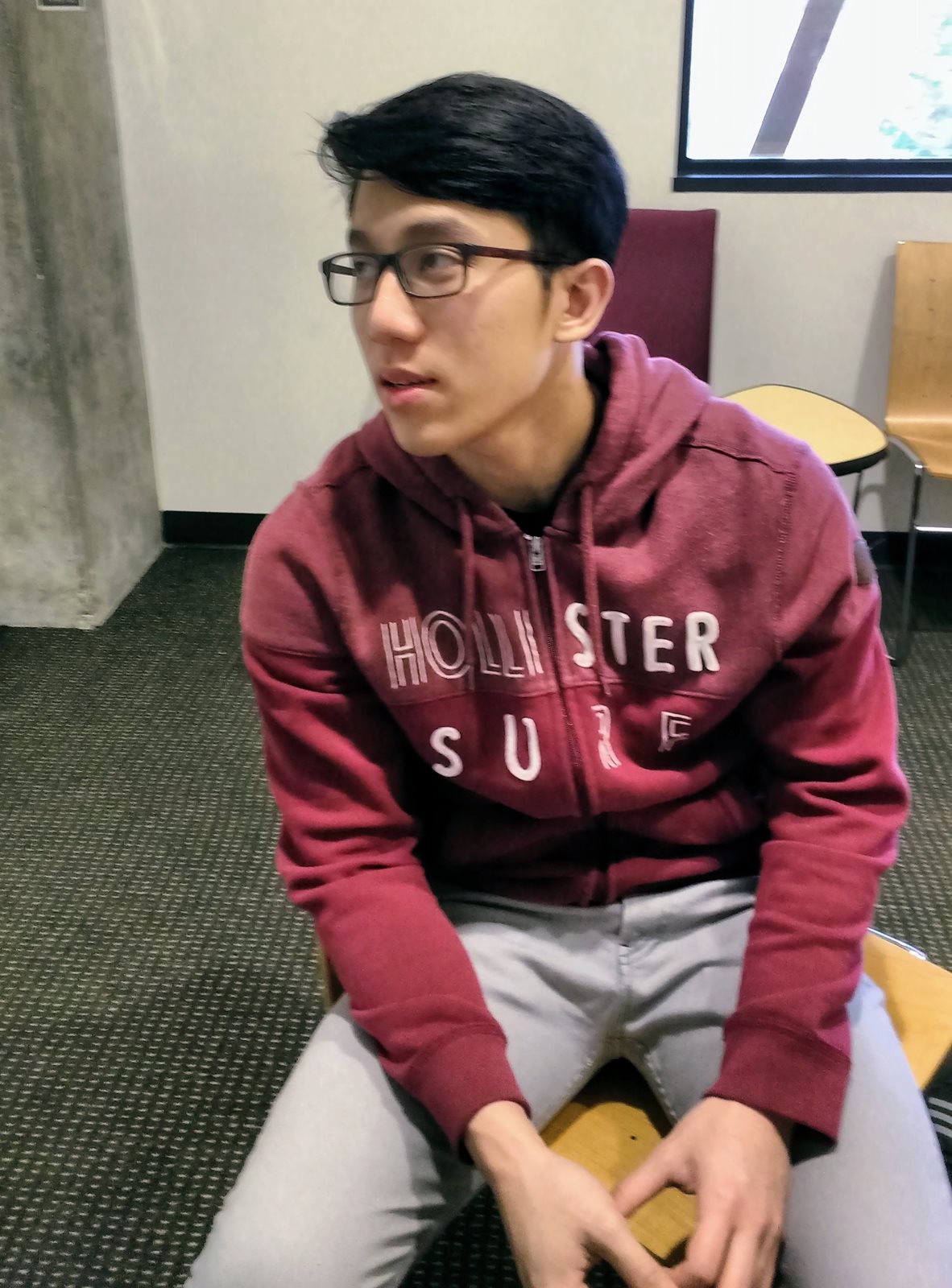
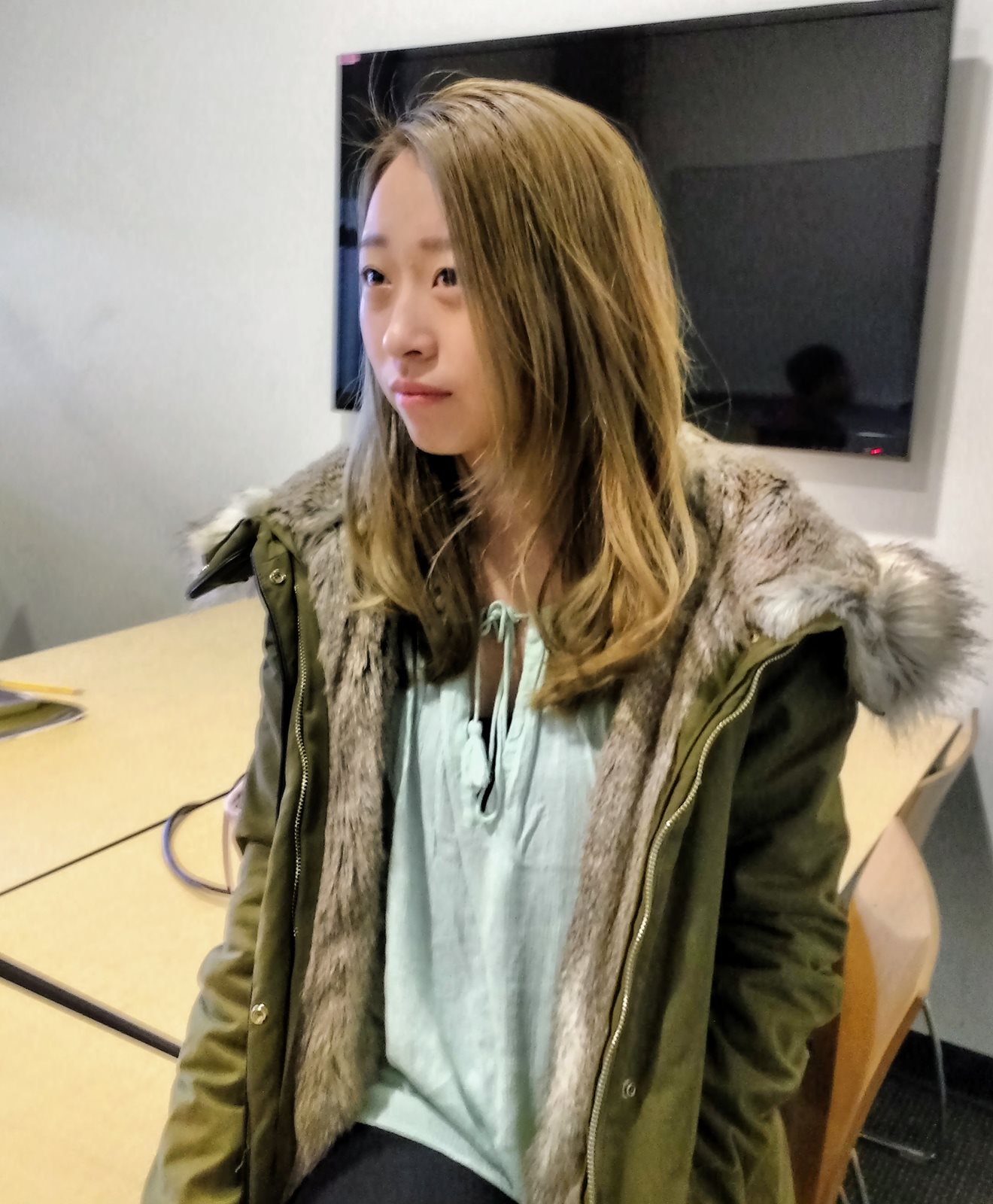
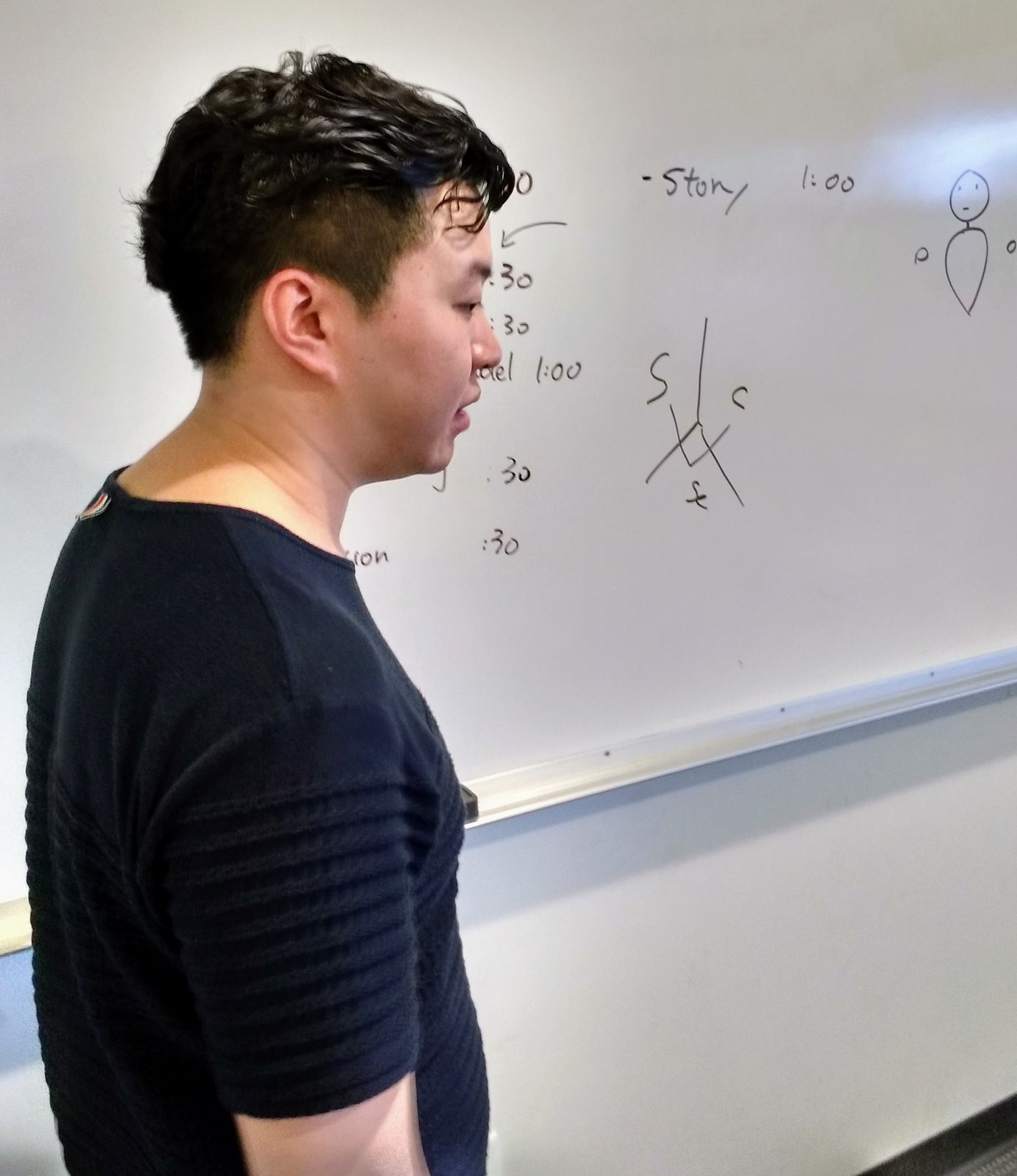
“This project is forcing us to look at a whole product, look at the big picture,” said Li, above left. “You have to know how each component works and interacts with the customer.”
“I learned that teamwork and team communication is super important,” said Leng, above right.
“I didn’t expect this level, and I didn’t expect we could go this far, which is really exciting,” said Kimura, center.
Sung hopes the UW Bothell team does well, but that’s not his ultimate goal.
“I’m not driven by the destination as much as by the process,” said Sung who also had two teams in the 2014 national finals. “I do care about what they learn during the process and that they are giving their best efforts.”
The Imagine Cup team grew out of the work of Sung’s research group, the cross reality collaboration sandbox or CRCS.
“We are looking at how people can collaborate remotely with different technological configurations,” Sung said. “What we’re building now is the infrastructure that allows different technological setups from distant locations to work together in the same reality, be it physical or virtual.”
Imagine a homeowner consulting with a remote interior designer or Boeing engineers working with specialists designing the interior of a plane, Sung said, or “allowing astronauts working in a space station to collaborate with experts on Earth.”

Li, who also is majoring in community psychology, said it also could change social interactions.
“We’re making collaboration much easier for people not in the center of whatever is happening,” Li said.

